- 1. Close up on a joinery detail
- 2. Lighting design using traditional Korean paper 한지 (hanji)
- 3. Chairs designed with a Korean fabric 누비 (nubi)
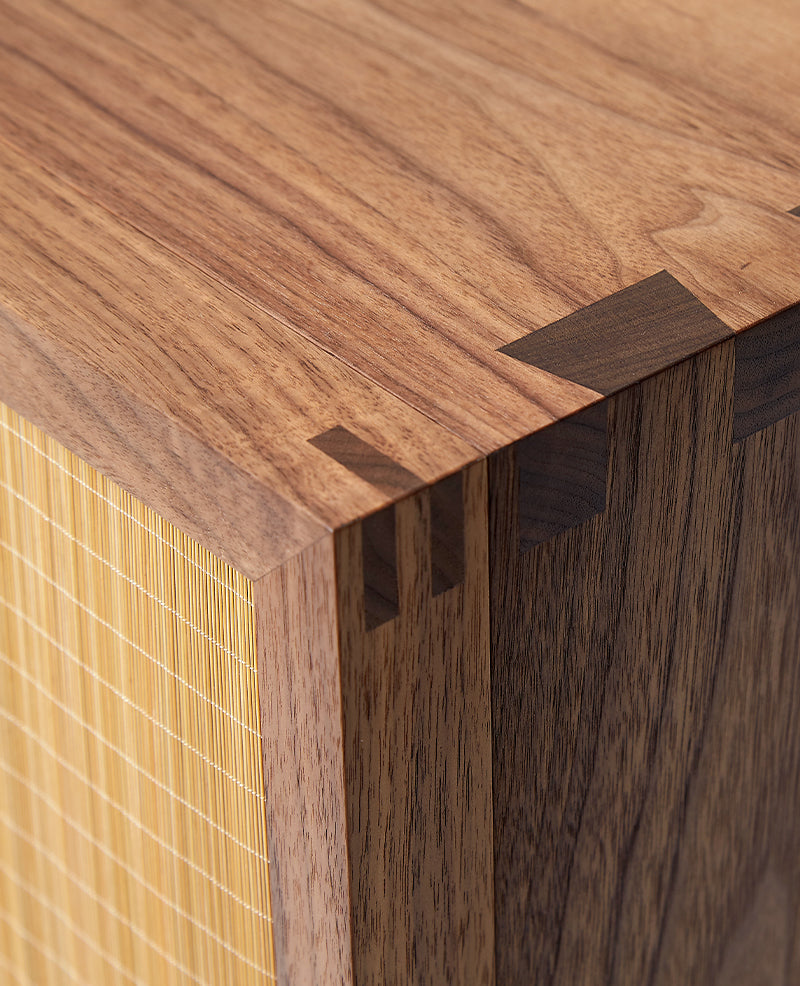 1.
1.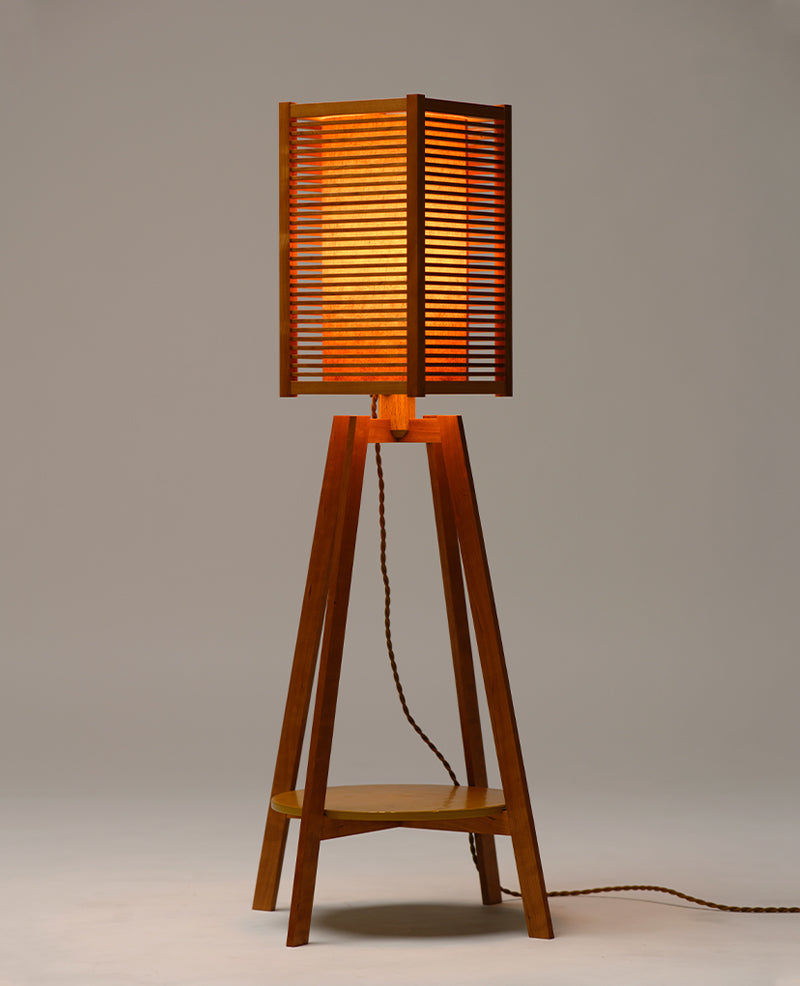 2.
2.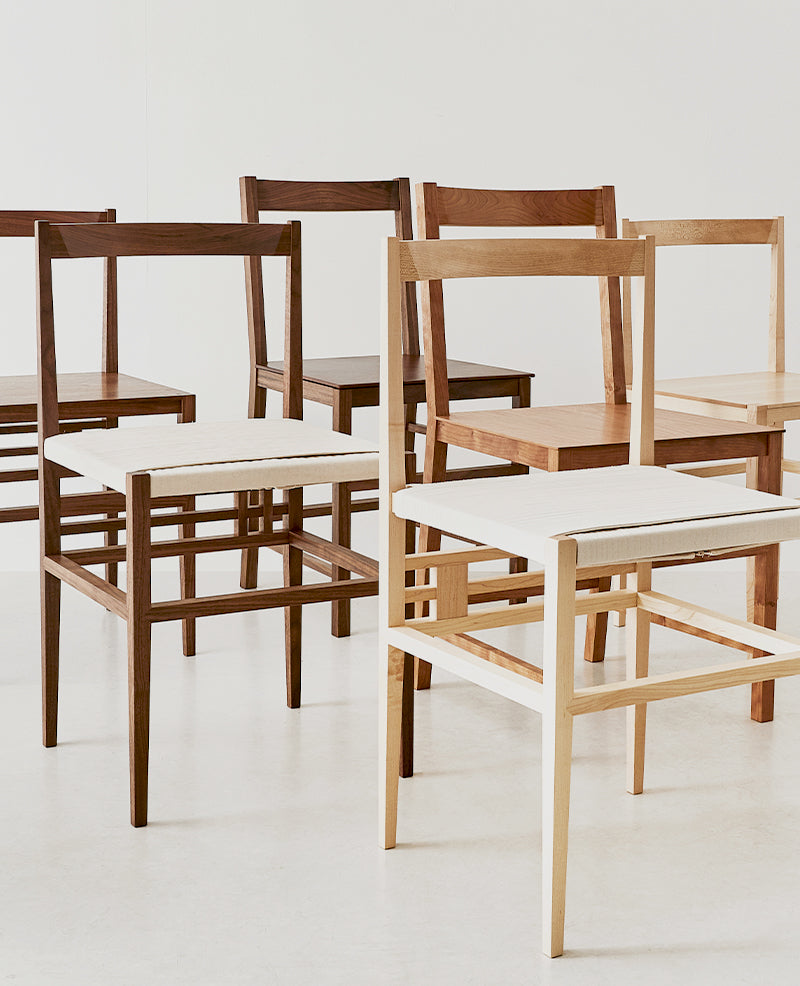 3.
3. 1. Close up on a joinery detail
1. Close up on a joinery detail 2. Lighting design using traditional Korean paper 한지
(hanji)
2. Lighting design using traditional Korean paper 한지
(hanji) 3. Chairs designed with a Korean fabric 누비 (nubi)
3. Chairs designed with a Korean fabric 누비 (nubi)
- DIALOGUE
- CRAFT INDEX
- 소목 (Somok), traditional joinery.
Won Deok Kwon is a Korean woodworker, who learned his craft of joinery (somok) under the mentorship of Seok Jin Cho – a master of the craft in Korea. Kwon runs his own workshop, bringing forward woodworking tradition into more contemporary pieces better suited to today’s lifestyle. However, at the heart of his products remains an appreciation for somok techniques, passed down over centuries. Kwon is also a great advocate of letting the natural qualities of the material he works with stand for themselves.
Similarly, Finnish furniture company Nikari takes on the nation’s great woodworking tradition and presents it in a modern way – with the fine harvested wood it uses being an important factor in all of its creations. Jenni Roininen is the brand’s creative director, designing a number of the firm's much-loved timber pieces and commissioning other industry names, both young and old, to form work for the company’s growing collection. Based in the small craft village of Fiskars, the international brand is still deeply engaged with its founder Kari Virtanen, a master woodworker who trained under the nation’s great architect Alvar Aalto and remains an active member of the Fiskars community.
Kwon and Roininen discuss their approach towards working with timber, understanding the nature of this material and using it in the best possible way.
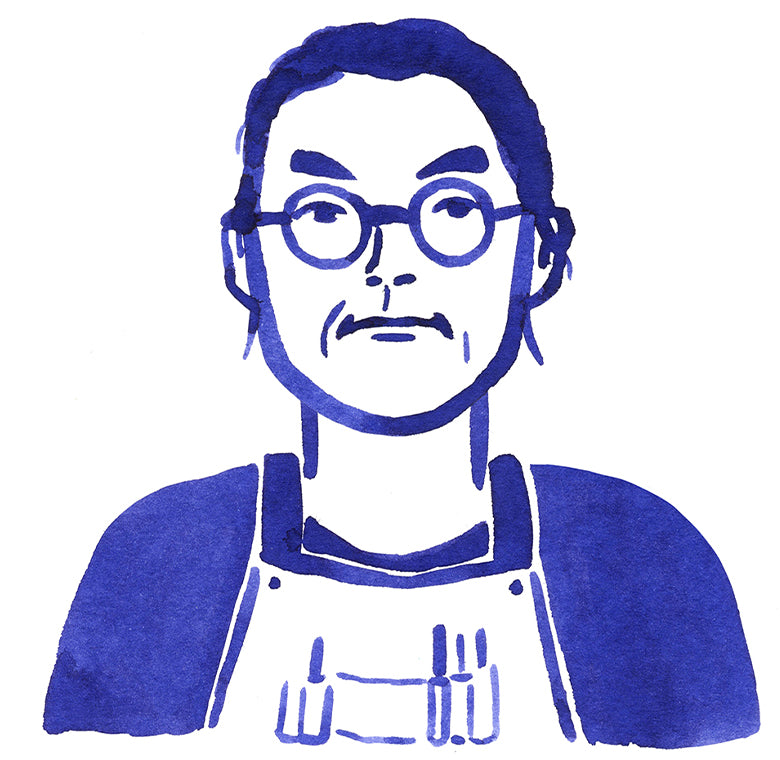 Won Deok Kwon
Won Deok Kwon- To give you a short background about Nikari, and Finland – we are a very small nation, with very practically-minded people, and there is very little classicism, unlike in Korea. In Finland craft and design, is part of everyone’s lives - it’s not something that is ‘elevated’ or seen as ‘working class’. From that aspect, Kari Virtanen – the founder of Nikari, started as a humble cabinet maker when he was 17, but his first project was working for the famous Alvar Aalto Architect’s office and soon after with Kaj Franck – who is considered to be the father figure of the modern Finnish object design. 20 years ago, Kari Virtanen wanted to retire and work as an artist, as he was not interested in business matters – like maximising the profit and creating mass-furniture. The most important thing for him was to teach young cabinet-makers and maintain the craftsmanship in Finland. He passed the business over to a younger generation, because he wanted to make Nikari more internationally known.
- Is Kari Virtanen still active today?
- To give you a quick background of myself - I actually studied semiconductor engineering in university, but right before graduation I fell in love with timber, and its character. I sought out Seok Jin Cho (a master artisan of traditional Korean furniture making) from Korea’s Jeolla-bukdo region to learn about carpentry and I have been in the furniture making industry since then. When I first met him I really had no knowledge or the experience working with timber - I did not understand the nature or the characteristics of wood-working. Back then [and unlike today in Korea] there was no formal education for furniture making – so I learnt everything that I know now by watching over his shoulder. Today, I’ve been in this industry for about 16 years, which I don’t feel is a long time at all.
It has been seven years since my master Cho had passed away – but all the knowledge that my master had taught me, the little things that I observed just from being around him, still help me to understand the nature of timber today. If he was still alive I’d really like to call him for feedback like your team is able to with Kari Virtanen. I cannot say I have learnt everything that master Cho knew, but what I am thankful for is that he had really elevated my attitude and the understanding of the nature of timber – like knowing how to achieve a certain form using my hands or certain tools. He taught me all the different characteristics of different timbers and how traditional Korean joinery can bring out the best in them - having learnt this I don’t think I will ever run into problems in the future. With that in mind – like Nikari, I’m designing new furniture that is more appropriate for today like chairs, or lights, which I really enjoy, by using the traditional technique or borrowing partly from traditional Korean form.
- Yes, the chair was actually the first furniture piece I wanted to try to make because it did not actually exist in Korea’s past and has only been around since Western culture was introduced to our lifestyle. Most of the ‘traditional furniture’ you see today in Korea are from the Joseon dynasty [1392–1910], so they can be up to 600 years old. Of course, lifestyle and culture have changed, but back then our culture and lifestyle revolved around sitting on the floor so all the furniture forms and sizes were geared towards this. Also, some furniture had more of an ornamental purpose rather than practical usage so pieces from this time were varied in form, material and decorative elements. But I remember you said there was no classicism in Finland. I didn’t know that, and the fact that they are such practical people?
- That’s amazing! Because in Korea furniture was also used as a status symbol back in the days as well.
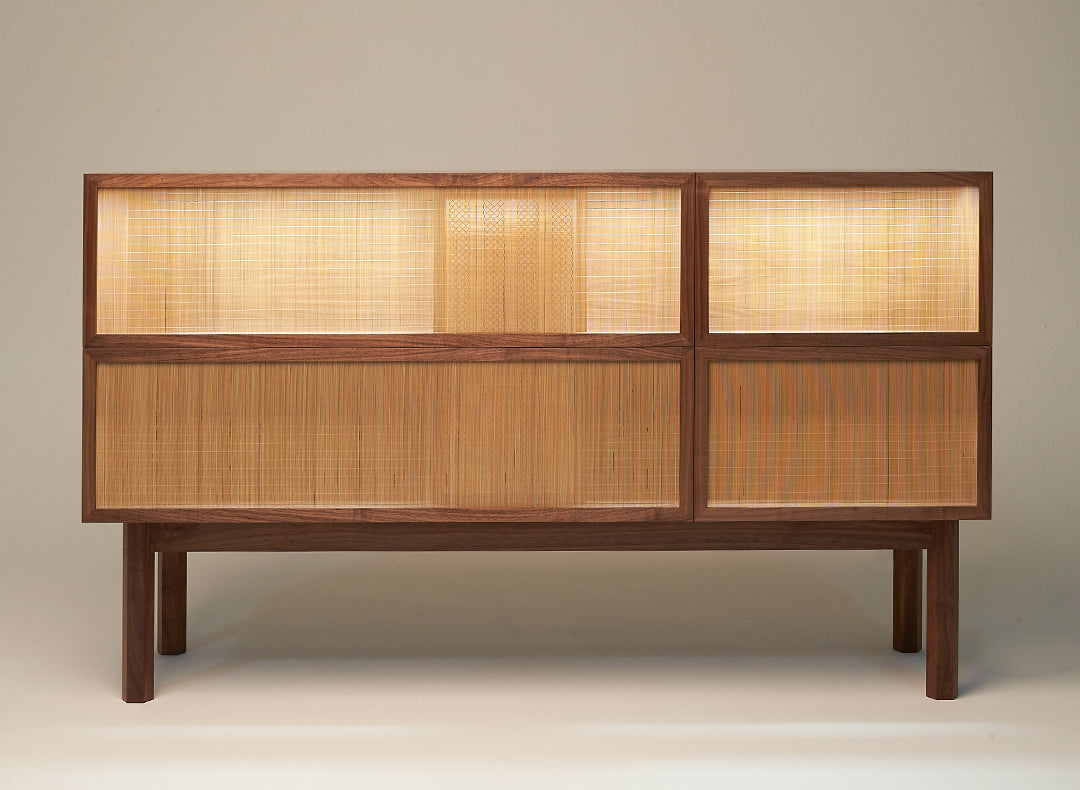 4. A
modern take on traditional wardrobe by using 한지 (hanji)—traditional Korean
paper. Collaboration with master of 한지 (hanji) blind maker – Bae Geun Yoo, and
designer Eun Hak Kim
4. A
modern take on traditional wardrobe by using 한지 (hanji)—traditional Korean
paper. Collaboration with master of 한지 (hanji) blind maker – Bae Geun Yoo, and
designer Eun Hak Kim 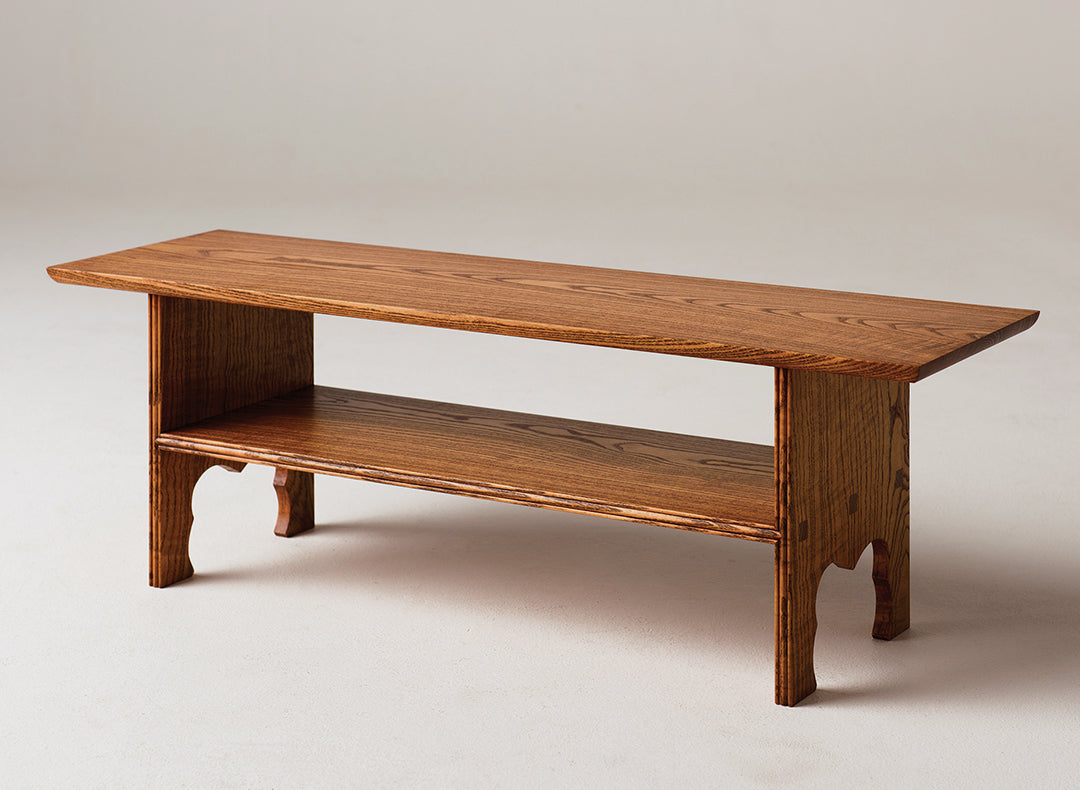 5. Bringing traditional forms into a low table design
5. Bringing traditional forms into a low table design - DIALOGUE
- CRAFT INDEX
- Yes, Finland’s craft culture is very practical, without any hierarchy and we don’t really dwell on the
past so much either. We understand the importance of the past, but it was also Kari’s wish to think for
the future. That’s why, for example, our workshop is run 100% on hydro power - as ecological value is very
important to us. But we think about tactility too - how the wood in our furniture feels and connects to
people – so finishing quality is very important to us. We also choose to use natural oil so that all of
our furniture age gracefully and we stick to traditional joinery methods - no nails and no screws. It
makes us keep the honesty in the product. But I think this is also similar in traditional Korean joinery?
- Yes, I’d say the Asian joinery from China, Japan and Korea are more or less similar. But I would say Korean timber furniture structure is very free - we try to use timber in its natural form as much as possible without too many alterations to it, so the joinery technique is based on the nature of timber’s characteristics. We don’t try to force and cut timber to fit the joinery. So even if you build the same cabinet, each cabinet will all look different because the thickness of each piece is never the same. So people say that Korean timber furniture is very ‘free’ in that way and would say the structure is ‘curved’ rather than straight. So, there are many different joinery types, in the past people preferred the hidden joinery technique. But today people intentionally design with exposed joinery technique as part of furniture design.
- Yes, I can see that. That’s very interesting. For me as well, like you said, in China, Japan, Finland
and Korea the joinery follows the material’s qualities. That said, when the joinery is hidden, it can
actually be seen as being more durable because it will be protected from all the dirt and dust that might
get into it. Again, we come to that decorative element – is it necessary? And this is my personal opinion
but when we are designing a product, sometimes there is a tendency to show too much of everything. But I
think when you show too much, the product loses its shape, and its character. So, at Nikari we very
carefully select what the detail is, and what is not.
- Yes, I agree as well, and also because Nikari uses only natural wood as materials, you really have to understand the nature and basic characteristics of wood for them to all work harmoniously, this is very similar to what I am doing with my own work.
- Yes, this is also true in Korean furniture making, because we have four distinct seasons – very cold winter, and very hot and humid summer as well, so the wood also expands and shrinks. So, I remember my master Cho always telling me to make sure the joinery has space to breathe.
WON DEOK KWON
www.nongbang.co.kr
JENNI
ROININEN
www.nikari.fi
WON DEOK KWON
www.nongbang.co.kr
JENNI ROININEN
www.nikari.fi
- DIALOGUE
- CRAFT INDEX
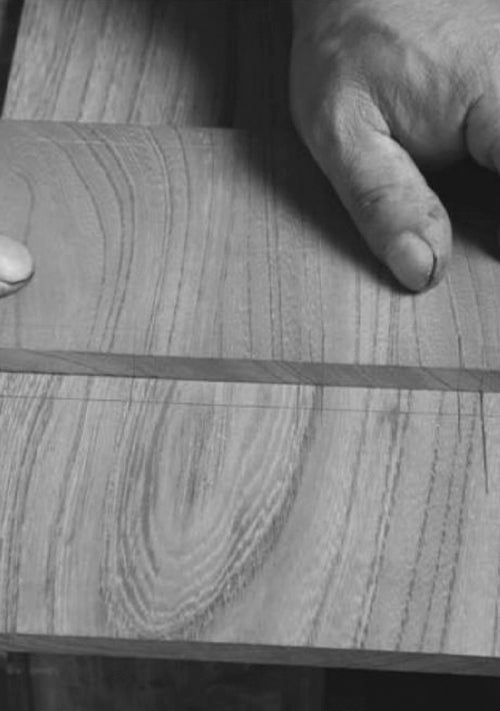
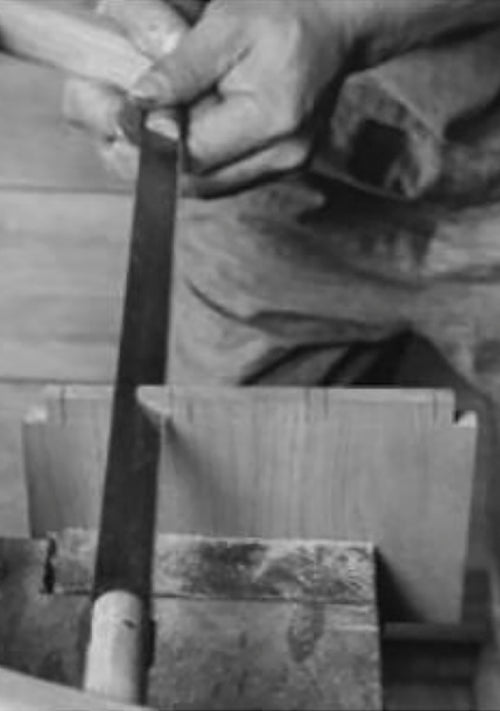
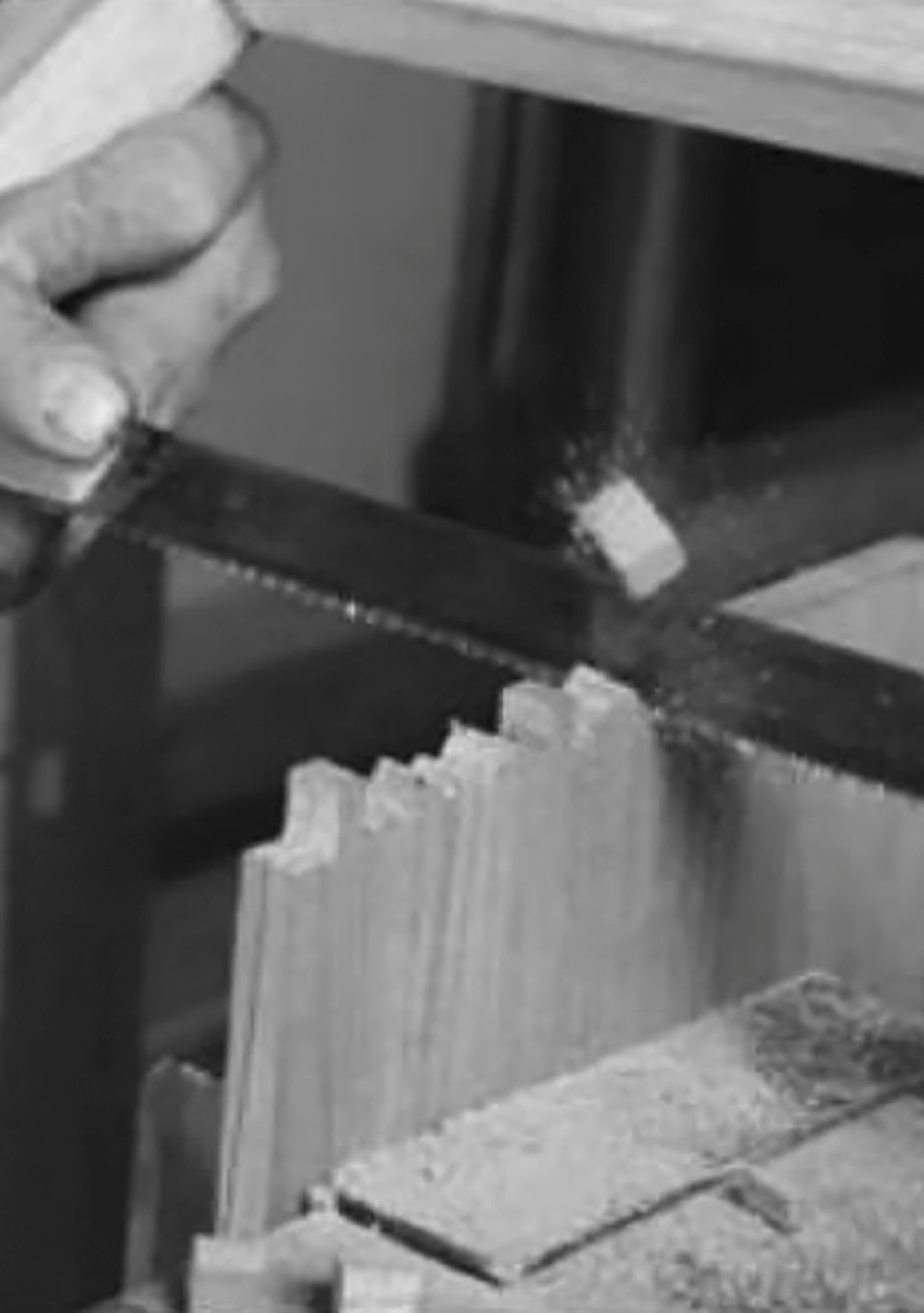





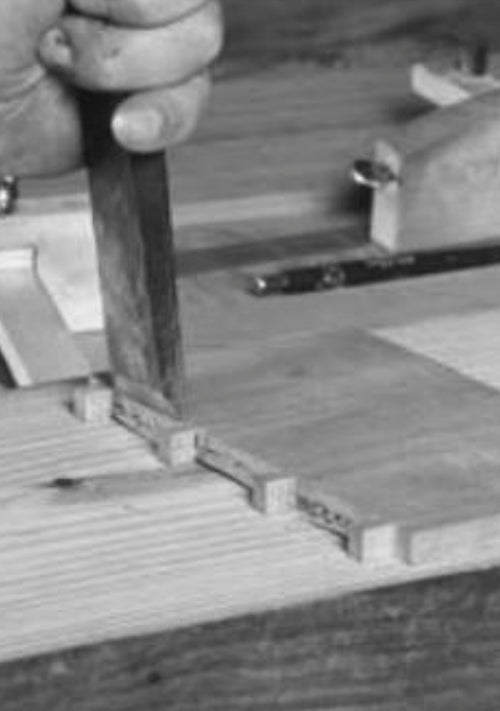
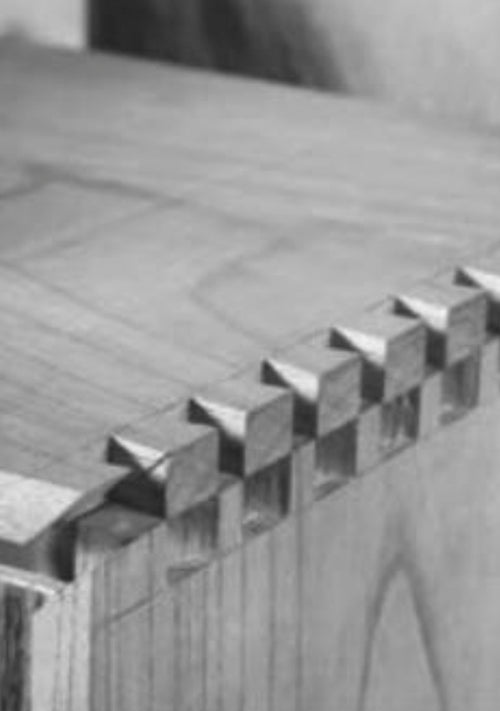
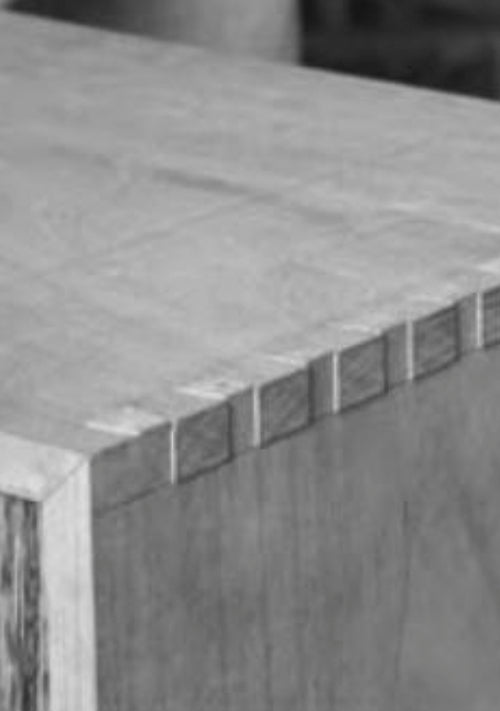
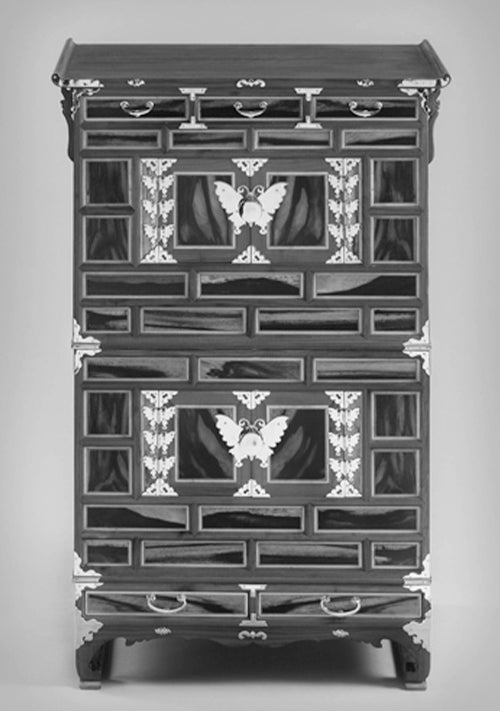




© Images provided by
– Korea Cultural Heritage Foundation
– Cultural Heritage Administration
 Jenni Roininen
Jenni Roininen